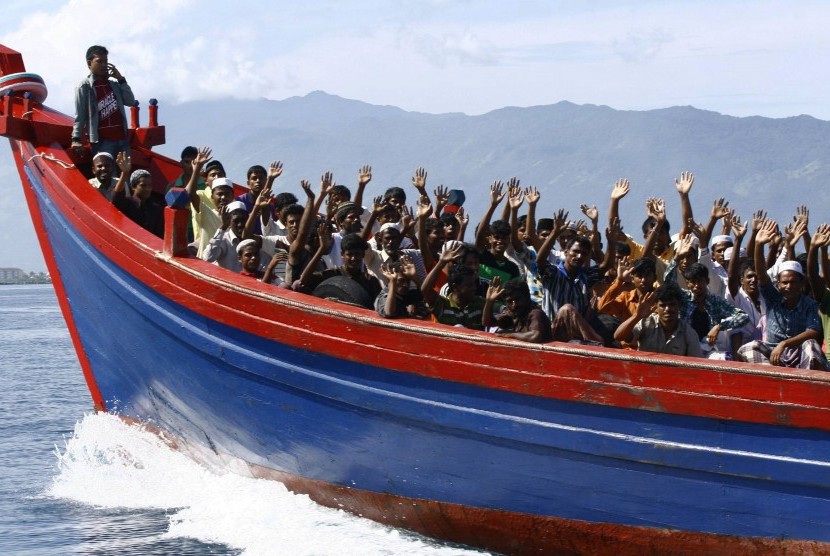REPUBLIKA.CO.ID, JAKARTA -- United Nations High Commissioner for Refugees (UNHCR) warned that the international community was losing its focus on saving lives amid confusion among coastal nations and regional blocs over how to respond to the growing number of people making risky sea journeys in search of asylum or migration. High Commissioner for Refugees António Guterres said some governments are increasingly seeing keeping foreigners out as being a higher priority than upholding asylum.
“This is a mistake, and precisely the wrong reaction for an era in which record numbers of people are fleeing wars,” Guterres said as cited from press release on Wednesday, December 10. “Security and immigration management are concerns for any country, but policies must be designed in a way that human lives do not end up becoming collateral damage.”
The clandestine nature of these sea crossings makes reliable comparisons with previous years difficult, but available data points to 2014 being a record high. According to estimates from coastal authorities and information from confirmed interdictions and other monitoring, at least 348,000 people have risked such journeys worldwide since the start of January.
Historically, a principal driver has been migration, but in in 2014 the number of asylum seekers involved has grown. Europe, facing conflicts to its south (Libya), east (Ukraine), and southeast (Syria/Iraq) is currently seeing the largest number of sea arrivals. Although not all are people needing asylum, more than 207,000 people have crossed the Mediterranean since the start of January – almost three times the previous known high of about 70,000 in 2011 when the Libyan civil war was in full swing. For the first time, people from refugee producing countries (mainly Syria and Eritrea) have in 2014 become a major component in this tragic flow, accounting for almost 50 per cent of the total.


